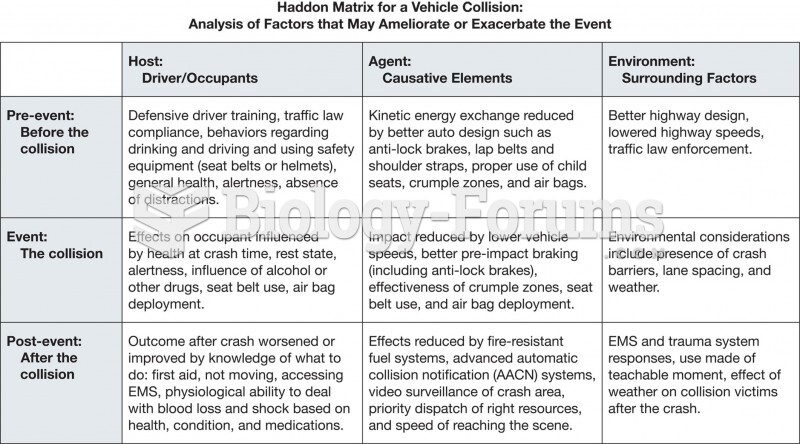Answer to Question 1
Answer: When audiences read reports, they expect to find key elements of the report to be located in specific places, depending on the report format. These elements include identifying information, a preview, detailed discussion, and (optionally) additional documentation.
Identifying information. Business reports clearly identify the author, the date, and the topic or title. Some reports also indicate the intended audience.
Preview. Almost all business reports use a direct organization, beginning with one or more preview elements that provide readers with a quick understanding of the purpose, structure, content, and main ideas of the report. In reports written as emails, letters, or memos, the first paragraph provides the preview. Longer formal reports include a combination of preview elements, including a table of contents, an introduction, and either an abstract or an executive summary. Informational reports may begin with an abstractone or two paragraphs that summarize the purpose and main points. By contrast, analytical reports often begin with executive summary: a separate, stand-alone mini-report that completely summarizes the report's main ideas and recommendations. An executive summary is designed for decision makers who may not have time to read the detailed discussion.
Detailed discussion. Following the introduction, the body of the report provides the detailed discussion. The discussion is typically divided into sections that are signaled by headings. The best headings are not generic (like Methodology) but are content-focused and specific to that reportfor example, Risks and Benefits of Using Groupon as a Marketing Tool.
Supporting information. At the end of the report, you have the opportunity to add extra documentation to support your main points. In letter and memo reports, additional documentation takes the form of an attachment or enclosurea supplemental document that is included with the letter or memo. Attachments might provide details that not all readers would need and that would clutter the report if included. In more formal reports and in report decks, this additional information is included in an appendix or in multiple appendices. Research reports that include information from secondary sources also include a reference list or bibliography.
Answer to Question 2
Answer: The writing style of a report lends credibility to your results. To adopt an effective report-writing style, follow this advice:
Avoid narrative. Do not waste your reader's time providing a detailed account of what you did to collect the information. Instead, focus on the significance of the findings, conclusions, and recommendations that resulted from your research. Even in a progress report, focus on accomplishments rather than activities.
Be objective. For every claim you make, provide reasoning and supporting evidence. Also, be fair. Include information from all sides of an issue and demonstrate that you have evaluated the issue using reasonable and objective criteria.
Use an appropriate tone. Although some internal reports may use informal language (including contractions such as isn't, won't, or we'll), reports for external audiences are typically formal.
Make the report easy to skim and information easy to find. Use headings that flow logically and outline how the report is organized. In addition, begin each paragraph with a topic sentence that summarizes the main point of the paragraph so that a reader can easily find the main ideas.
Use a straightforward sentence style. All reports benefit from a writing style that uses concise sentences and active voice. This style makes the report easier to read and easier to translate for international audiences.







